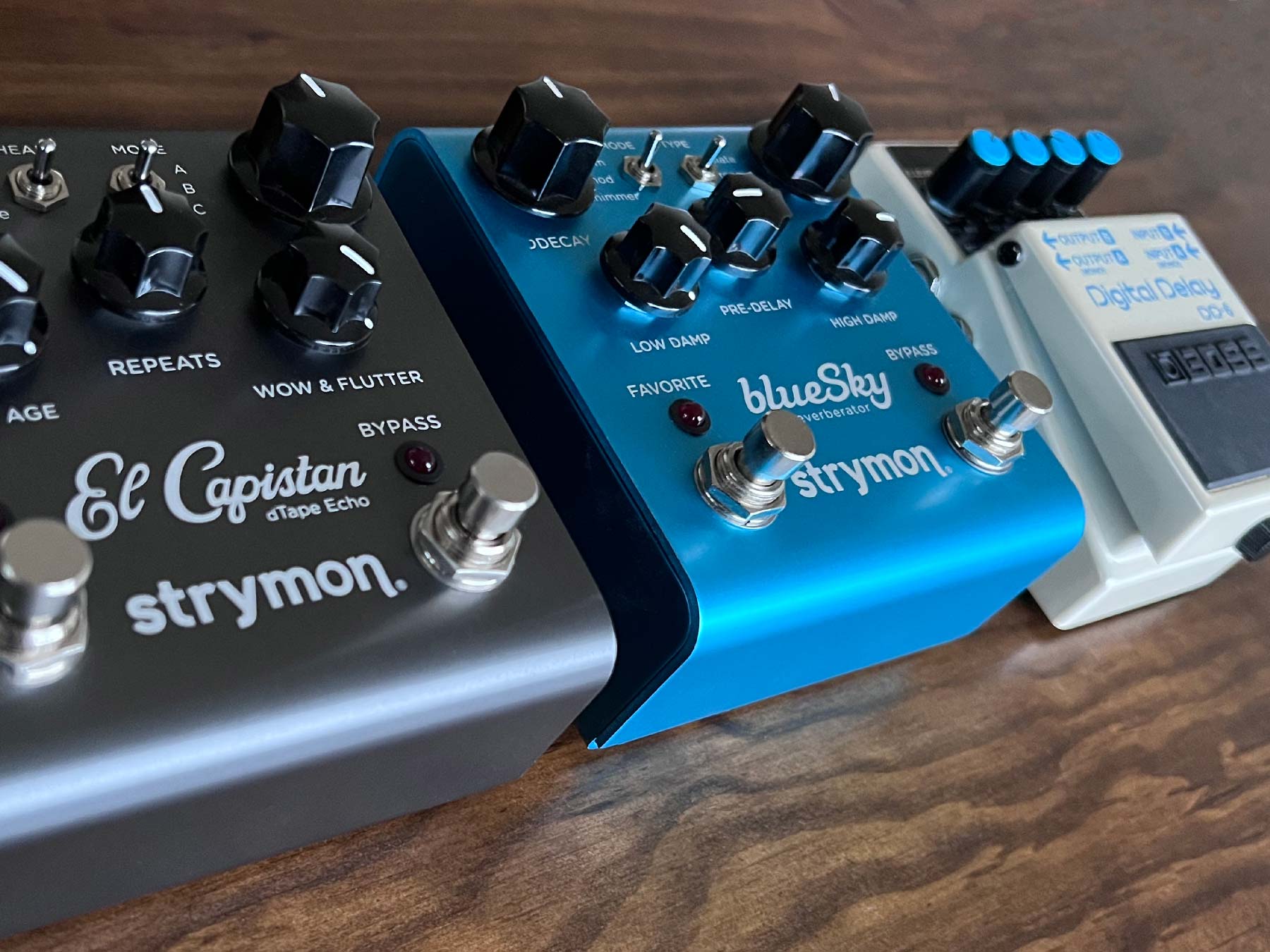Synthesizers And Effects
Whether you’re a professional musician or simply a hobbyist that enjoys tinkering with a synth now and then one thing is certain, synthesizers sound great with effects. In fact, a lot of synthesizers come with built in effects. A few common synthesizer effects that you’ll find built into a synth include delay, reverb, and chorus. The now vintage Roland Juno-106 and Juno-60 famously came with an amazing built in chorus effect. More current examples include the Moog Grandmother which has built in spring reverb, and the Moog Matriarch which has a built in delay effect.
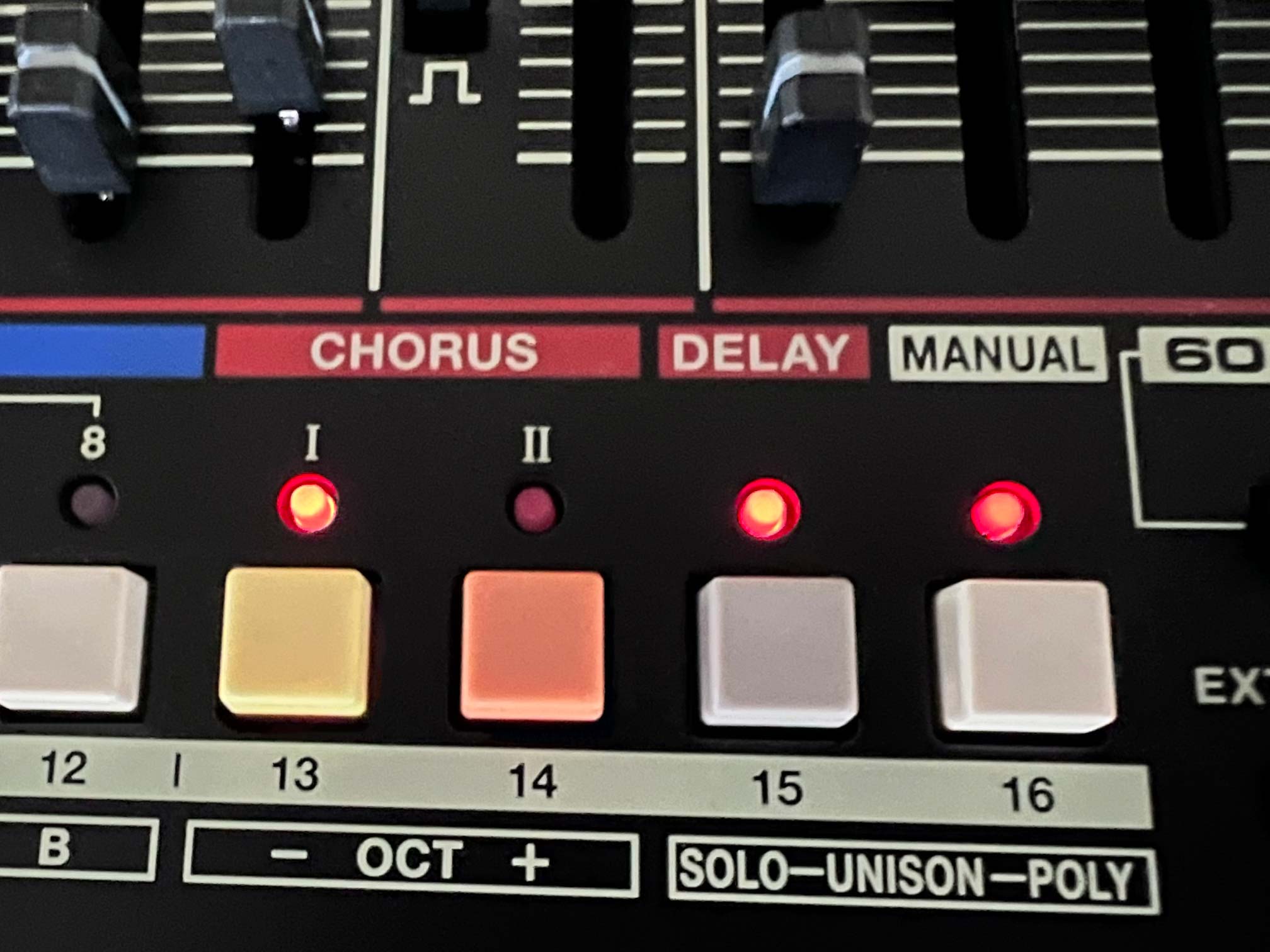
As mentioned earlier, delay, reverb, and chorus are probably the most common effects you might find that are built into synthesizers. This is because synths sound great with these effects! If you have a synth with built in effects, you probably already know how much these can contribute to crafting your sound. What if your synthesizer doesn’t have any built in effects? Well, if you don’t have a synth with built in effects, don’t panic. You have options to add effects to your synthesizer. You could look to acquire and incorporate various rack mounted effects commonly seen in pro studio environments. These effect options can offer amazing results, however they’re larger, more fragile, not great in the way of portability, and they can be rather expensive. As an alternative, you could opt for a slightly more portable, (and possibly more affordable option), guitar effects pedals. Either way, you have options.
Guitar Effects Pedals + Synthesizers
Guitar effects pedals can work great as added effects to synthesizers. There are just a few things you may want to consider if you decide to go down this road.
- Powering options and differences when it comes to guitar pedals
- The differences between line level and instrument level with regard to guitar pedals
We’ll go over these two things below.
Powering Your Pedals
If you decide to add synthesizer effects with guitar pedals there are a few things you should know. First, powering options and requirements for guitar effects pedals can vary from pedal to pedal. Most guitar effects pedals require 9 volts, but the minimum amount of current (as measured in amps or milliamps) can vary. For example, a Boss brand DD-6 Delay pedal has a current draw of 55mA while a Strymon brand blueSky reverb pedal requires a minimum of 300mA current.
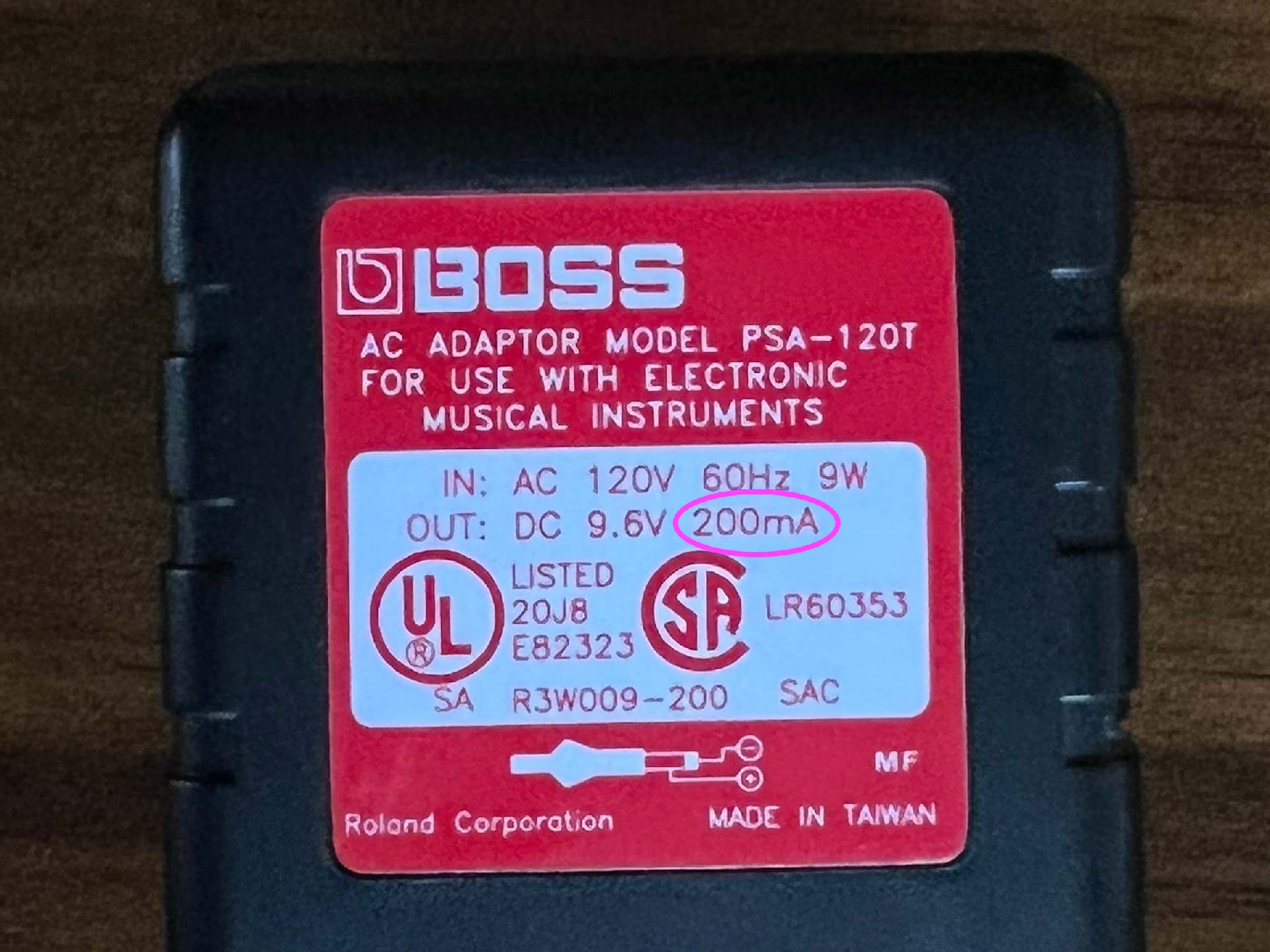
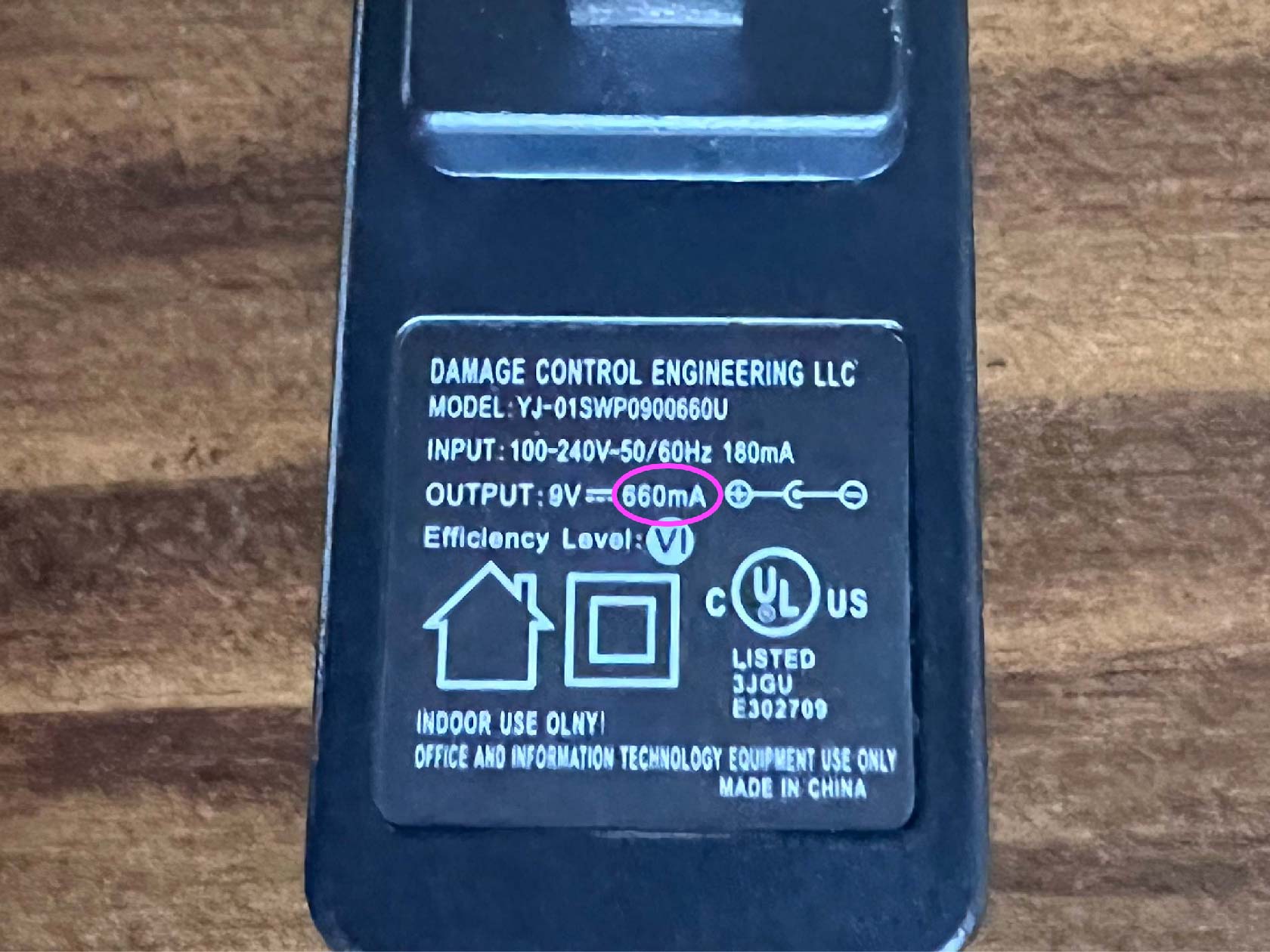
Does this mean you should only use the matching branded AC adapter for your pedals? Not necessarily, but you should make sure that you’re providing correct voltage and at least enough current for the pedal in question. The way pedals work is they will draw the amount of current they need to operate and function correctly. So, if your AC adapter supplies more amps than the pedal needs, no problem. However, if you use an AC adapter that supplies LESS amps than a pedal needs, this could cause issues. For one, you may not get the desired effect, poor performance and disappointing results from your pedal but a worse scenario exists where you could actually damage your effects pedal. The simplest solution is to just follow the instructions and RTFM (Read The F’n Manual). Check the AC adapter in question and see what the label says it provides for output, both DC volts and current (mA). Then check the specs on the effect pedal you’re trying to power. If a pedal requires 300mA minimum make sure the AC adapter provides 300mA or more.
The next thing about powering guitar pedals as synthesizer effects is that different pedals have different connections or powering options. For example, some pedals will use a mini TS (tip and sleeve) plug for power. These look a lot like mini patch cables for modular synths. While other pedals will use a varying size of barrel connector plug. These types tend to have the outer sleeve positive while the inner sleeve is negative. However you could find a pedal that has the polarity reversed, where the outer sleeve is negative and the inner is positive. Other pedals may offer power through battery connectors as well, which could be great if you’re looking for mobility. The point is that different pedals are powered with different connections. So, make sure you understand how each of your pedals needs to be powered before you go and buy a daisy chain power cable or multi-power supply station.
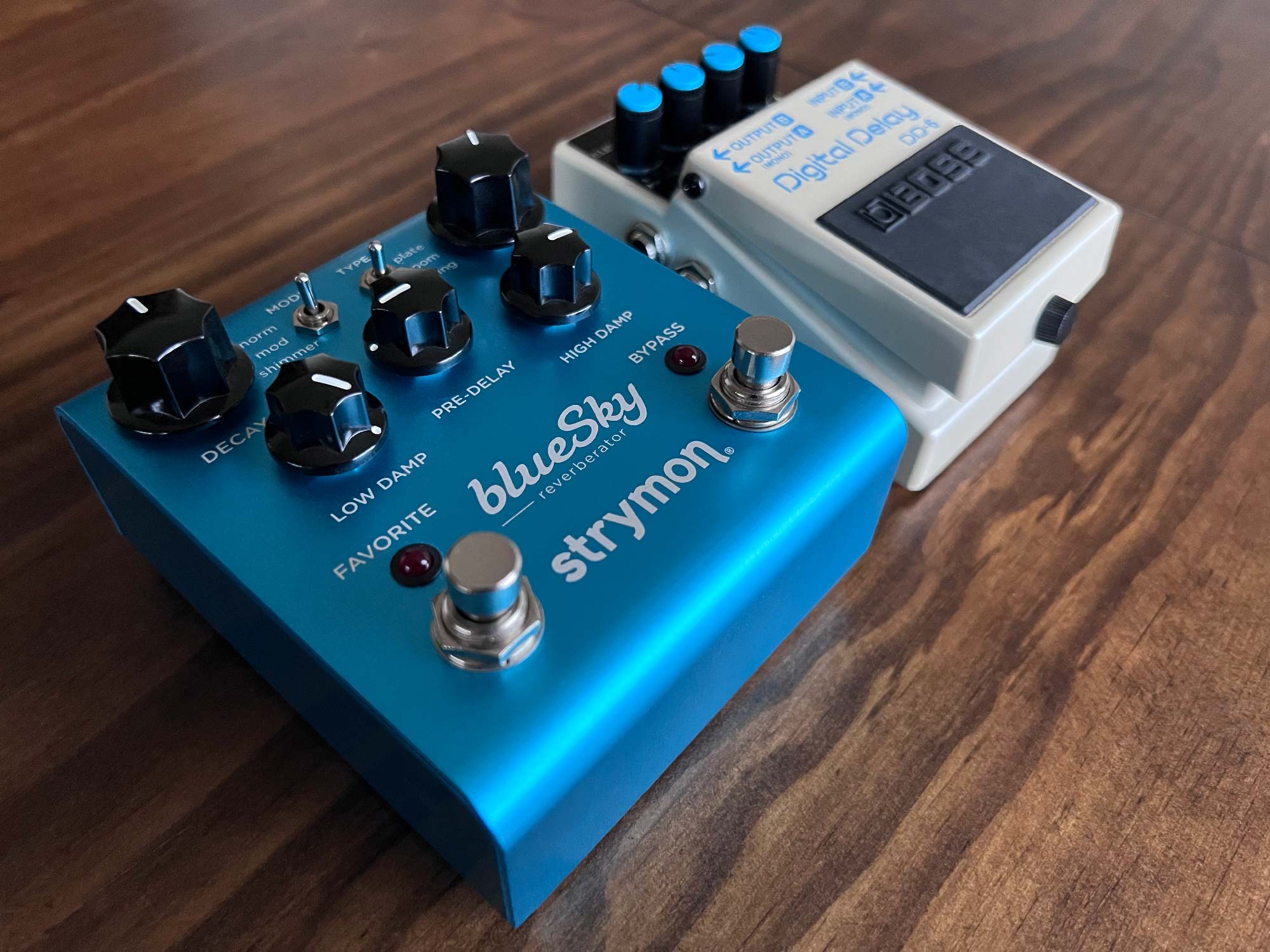
Line and Instrument Levels
If you’re looking to use a guitar effects pedal with a synthesizer it’s important to note that most (but not all) guitar pedals are built to accept an “instrument” level signal. What this means is that the effects pedal is expecting a signal that is lower in voltage than a “line” level signal. By plugging a line level (synthesizer) voltage into an instrument level effect pedal, you could overload the effect pedal. It’s unlikely that you’ll cause any damage, but it is likely that you’ll get high volume, clipping, and possibly distortion in your sound. To prevent this, start with your effects pedal volume very low and synthesizer volume at zero and slowly increase them. If you use a mixer, you can always add gain at the end if needed.
Conclusion
Using guitar effects pedals with synthesizers can be a great option for adding character to your sound. They can add portability to your setup and are often cheaper and more durable than larger rack mounted options. There are a few caveats to be aware of like varying power options and input voltages. If you are looking to add effects to your synthesizer, guitar pedals are definitely worth a look.
